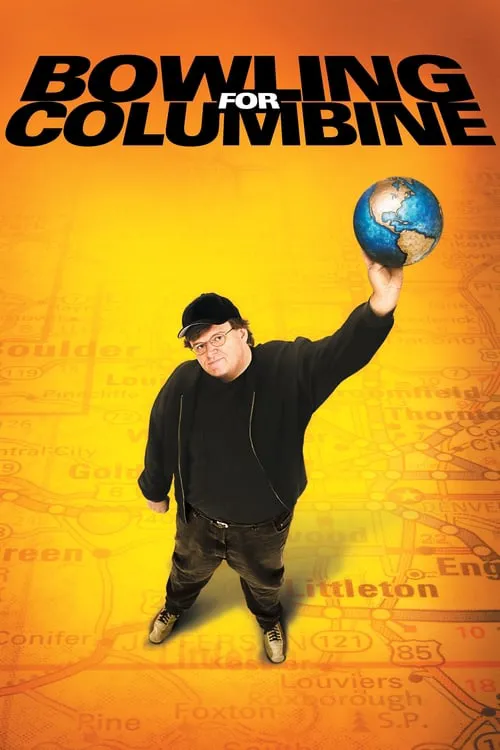Bowling for Columbine

Plot
In Michael Moore's thought-provoking documentary, Bowling for Columbine, the renowned director embarks on a captivating journey across the United States, delving into the dark and complex underbelly of a nation obsessed with violence. As Moore explores the motivations behind the infamous 1999 Columbine High School shooting, the film rapidly expands its focus to encompass a broader examination of America's gun culture and its profound impact on the nation. Moore begins his investigation by analyzing the school's security footage, which captures the events unfolding on that fateful day in April 1999. Through a masterful use of archival materials, including footage of the perpetrators' manifestos and statements, the film humanizes the two teenage shooters, Eric Harris and Dylan Klebold, exposing the complexities of their mental states. This empathetic approach is crucial, as it allows Moore to shed light on the societal factors that may have contributed to the tragedy. A pivotal moment in the film comes when Moore interviews Charlton Heston, the renowned actor and then-president of the National Rifle Association (NRA), at his Nevada ranch. Their conversation is both poignant and unsettling, as the ailing actor struggles to reconcile the Second Amendment's protection of citizens' right to bear arms with the nation's skyrocketing rate of gun violence. Heston's impassive demeanor, coupled with his recitation of the famous "from my cold dead hands" quote, serves as a stark reminder of the entrenched ideological divisions that surround the gun control debate in the United States. Moore's exploration of America's gun culture extends to the lives of individuals whose involvement with firearms has led to catastrophic consequences. One particularly harrowing segment features a young man, whose identity is concealed, who recounts his use of The Anarchist's Cookbook to create homemade napalm. This disturbing account serves as a warning of the dangers of unchecked access to volatile materials and the potential for innocent lives to be destroyed. However, it is not solely the perpetrators of violence who are scrutinized in the film. Moore also delves into the realm of societal factors that have contributed to the United States' propensity for violence. He interviews a diverse array of individuals, including a school principal who has witnessed multiple mass shootings, and a six-year-old girl whose life was tragically cut short by a classmate wielding a handgun. As the documentary progresses, Moore examines the country's obsession with guns, its military industrial complex, and the seemingly incongruous juxtaposition of a purportedly "Christian" nation with its alarming homicide rates. He travels to the nation's capital, where he interviews a former NRA lobbyist, and to a small town in Michigan, where he speaks with a grieving mother who has lost a child to gun violence. Throughout Bowling for Columbine, Moore's wry sense of humor and biting satire prove invaluable in conveying the stark realities of American society. His critiques of the corporate media's role in promoting a culture of fear, as well as its tendency to sensationalize violence, are both on-point and scathing. In conclusion, Bowling for Columbine is a powerful call to action, a cinematic polemic that urges the nation to confront its darker aspects head-on. By weaving together an intricate tapestry of testimony from a diverse array of subjects, Moore exposes a nation in crisis, wracked by fear and violence. As such, the film serves as a testament to the enduring power of documentary cinema, a medium capable of sparking meaningful dialogue, promoting introspection, and, ultimately, effecting positive change.
Reviews
Recommendations




